
Visiting Haleakalā National Park
Haleakalā National Park is every bit the island paradise you think it is, but there’s so much more to this one-of-a-kind place than swaying palms and rain forest waterfalls.
Hawaiian for “house of the sun”, Haleakalā is a one-of-a-kind natural paradise beckoning to be explored and admired.
Watercolor sunsets and night skies teeming with stars, lush rain forests and towering waterfalls, rocky beaches and tropical weather, these are the hallmarks of this unique island destination.
About My Travels to Haleakalā National Park
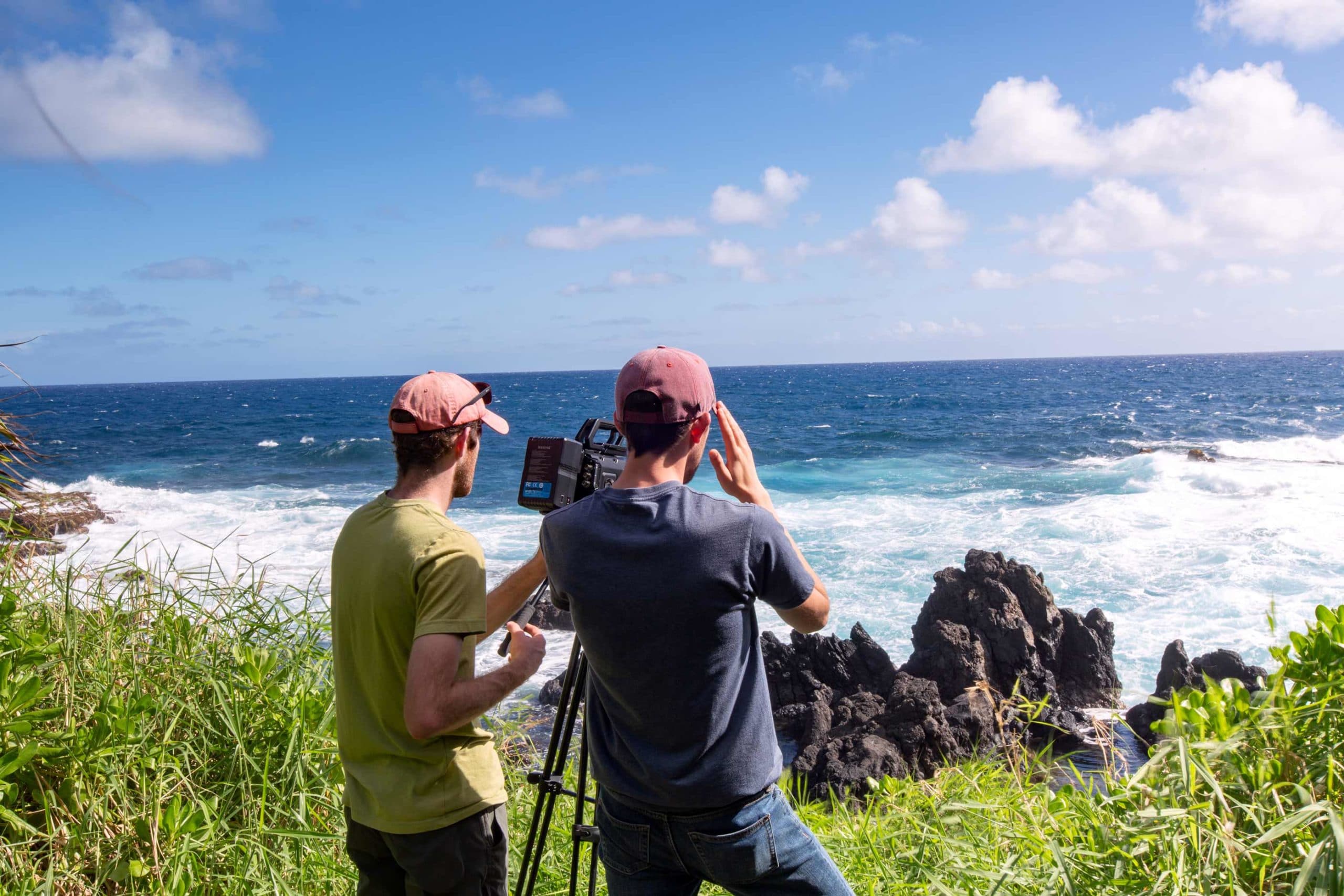
Discovering Haleakalā
I first traveled to Haleakalā with my brother Will and a small crew back in 2016 on a mission to capture the essence of the park for our short film.
It was early December and the park was nearly devoid of tourists and seemed magical.
The landscapes I found were otherworldly and were certain to be etched in my memory for a lifetime.
Making The Award-Winning Video
Making the Haleakalā film was such an incredible thrill.
Days spent hiking through dense rain forest, feeling the mist of towering waterfalls, driving winding coastal roads, swimming with sea turtles, and exploring volcanic craters were nothing short of incredible.
The park is a feast for the eyes from the coast to the summit and is bound to leave you breathless (quite literally at the summit area).
Haleakalā is a park that will make a lasting impact on you if you take the time to experience it’s multi-faceted beauty. Read on and I’ll show you how to capture the magic of Haleakalā.
Haleakalā National Park Guide
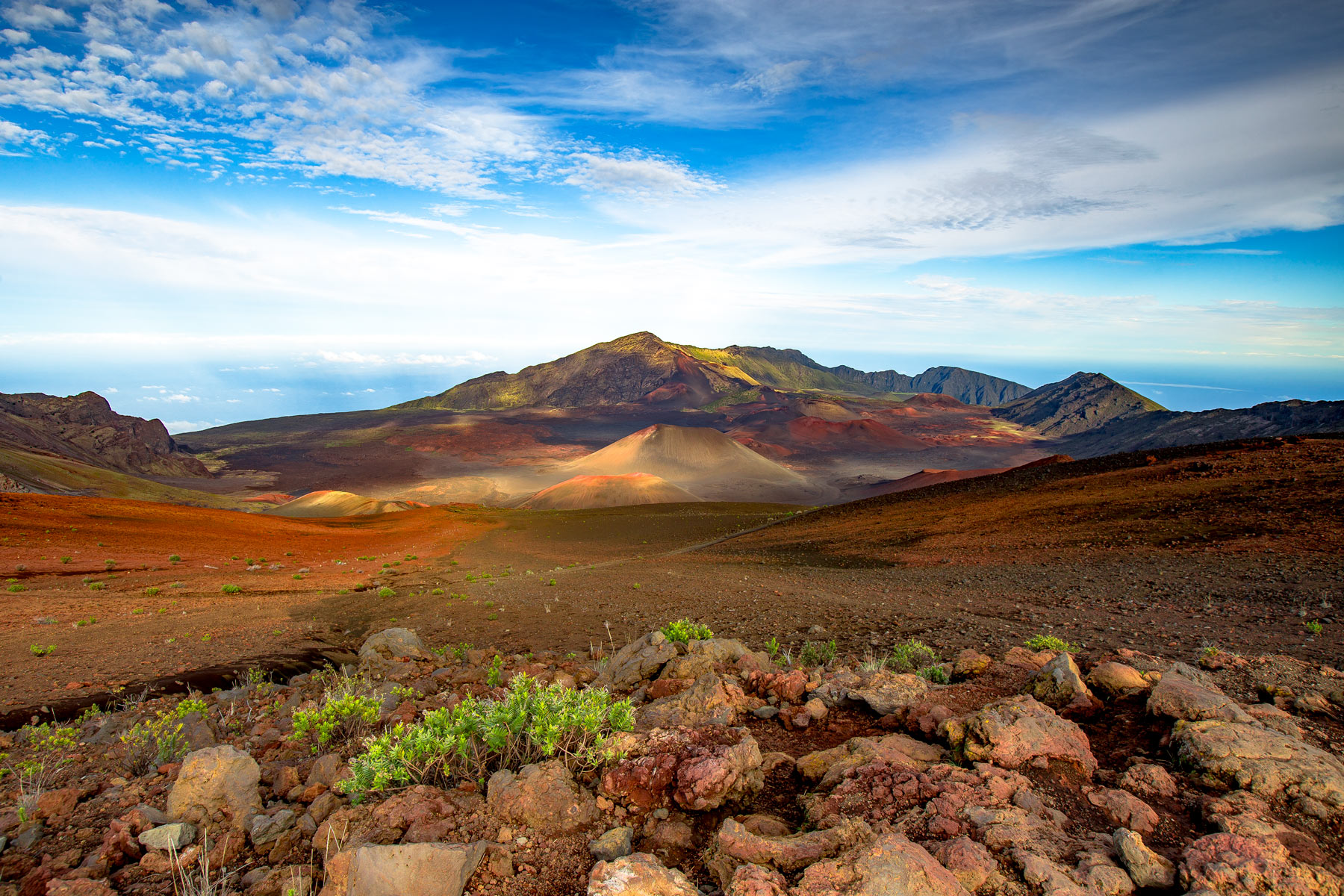
About Haleakalā National Park
In the remote reaches of the island of Maui in the heart of the Pacific Ocean you will find this tropical paradise.
Here you can journey to the house of the sun and discover ancient volcanoes steeped in legend, rugged mountains, dense rainforests, hidden beaches, and the last wild home to spectacular wildlife.
Things to Know Before You Visit
Entrance Fees: $30
Getting Around: Haleakalā is very accessible if you don’t mind living on the edge a bit (literally and figuratively). The famous Road to Hāna, which provides access to a great deal of the park is both spectacularly beautiful and spectacularly hazardous – more on that later. Other park roads are easy enough in good weather. When the weather turns here things can get a bit dicey so make sure to check with the park before venturing out.
Sunscreen: Visiting national parks during certain times of the year can mean lots of sun. Seriously, some of these parks can zap you if you don’t wear sunscreen. We happen to like this one because it works AND it’s not full of a bunch of chemicals.
Leave No Trace: We’re big fans of Leave No Trace, here at MTJP. Want to learn more? Read about the seven principals of Leave No Trace here.
Insect Repellent: You hope not to need it, but you want to have it. Oh, and you will need it here. We typically bring an Eco-Friendly Insect Repellent with us to ward off those pesky bugs.
Dogs are not allowed on trails in most national parks due to their potentially disruptive presence with the natural ecosystem. The basic rule is they are allowed where cars can go so be sure to check the rules before bringing along your furry friend.
Details About Haleakalā National Park
Location: Hawaii
Established: July 1, 1961
Size: 33,265 acres
Visitors: 999,394 (2019)
Entrance Fees: $30/vehicle
The History of Haleakalā National Park
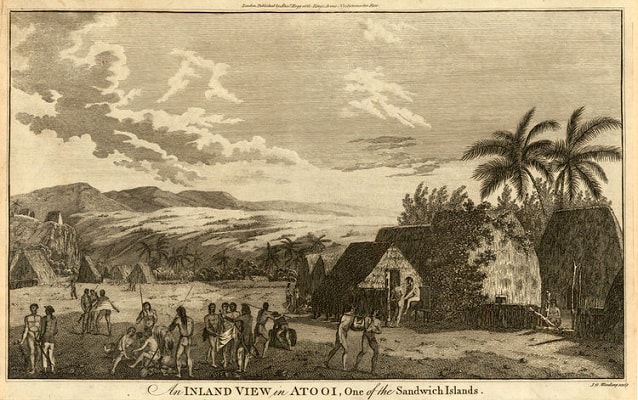
According to the National Park Service Polynesians from Tahiti were the first to settle on Maui over 1,000 years ago.
To reach the islands the Polynesians traveled more than 2000 miles across the ocean in hand-hulled canoes using little more than the sun & stars to navigate.
Eventually the Ali’i people were formed and ruled over the island installing a strict caste system.
The natives built monuments, farmed, fished, and lived on the islands.

The Arrival of Westerners
After James Cook happened upon the islands in the late 1700s foreigners began traveling to the previously unknown area.
As you might imagine, centuries of European and western exploitation of the islands followed.
Logging and whaling became dominant industries and missionaries aggressively attempted to root out Hawaiian culture and replace it with their own doctrine.
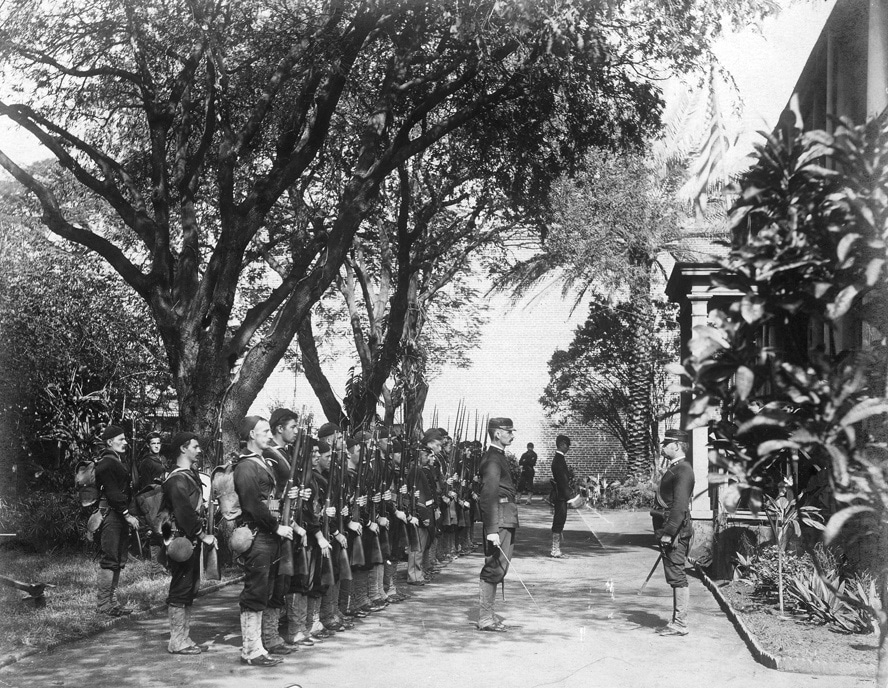
The End of Hawaiian Rule
Western exploitation of Maui and Hawaii as a whole culminated in the 1893 U.S. orchestrated coup which overthrew the longstanding Kingdom of Hawaii and soon led to Hawaii’s annexation as part of the United States.
U.S. business interests, politicians, and military leaders had been eager to gain a larger foothold in Hawaii through the sale or annexation of land to the United States.
Military leaders saw Hawaii as a vital defense outpost for the western mainland of the United States.
Hawaiian leaders and the public opposed the sale or transfer of any Hawaiian lands to foreign nations, but thanks to a series of unfortunate deaths in the ruling Kamehameha family and then the Kalākaua family the country found itself in a weakened state and American interests seized the opportunity.
Mixed Reactions in the United States
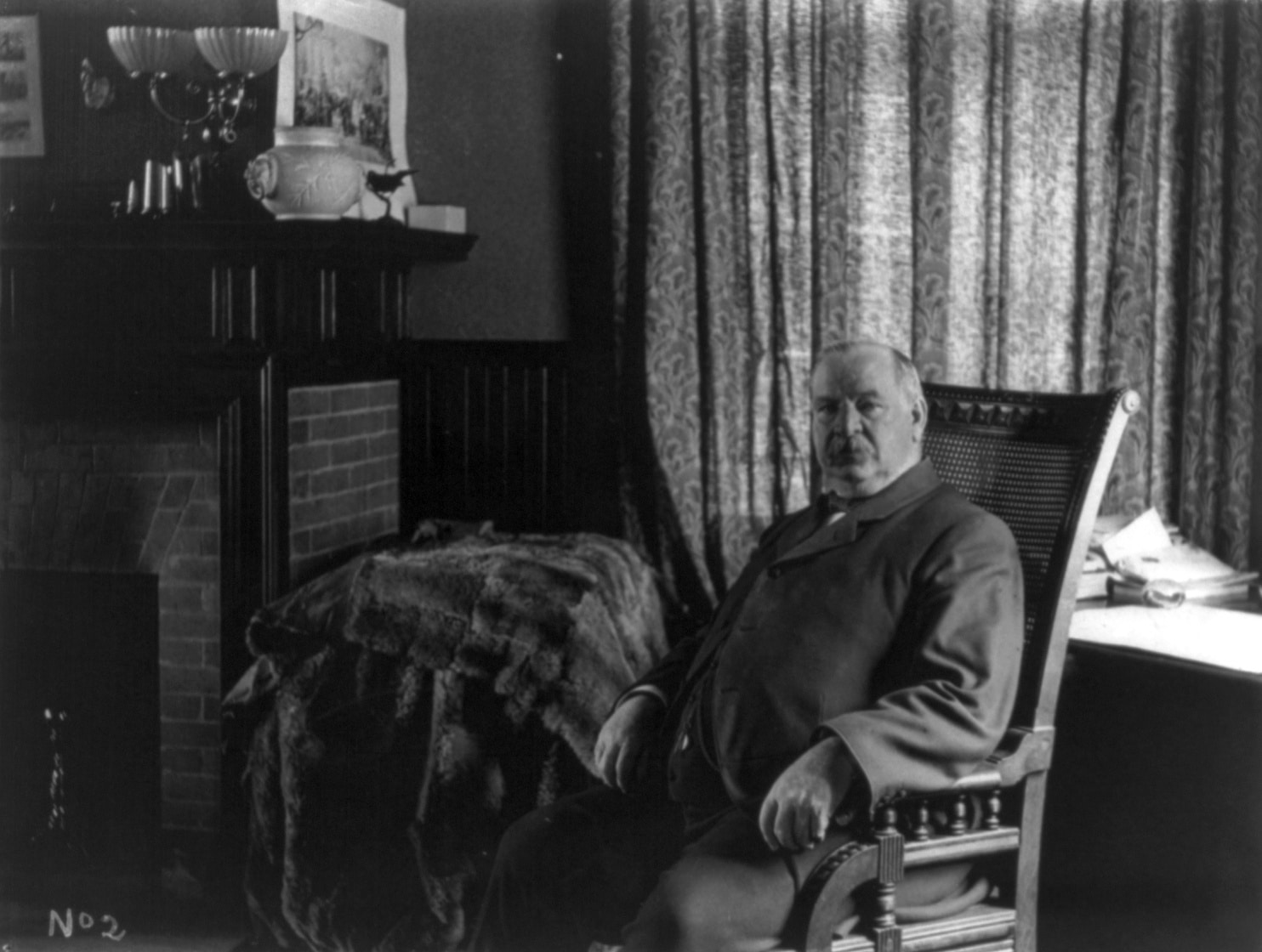
I should note that the U.S. orchestrated coup that resulted in the overthrow of the Hawaiian Kingdom was not a sanctioned act by the U.S. government, but rather the work of various U.S. citizens, government officials, and business interests, most notably U.S. Minister to the Hawaiian Kingdom John L. Stevens.
By an act of war, committed with the participation of a diplomatic representative of the United States and without authority of Congress, the Government of a feeble but friendly and confiding people has been overthrown.
A substantial wrong has thus been done which a due regard for our national character as well as the rights of the injured people requires we should endeavor to repair.
– President Grover Cleveland in 1893
Grover Cleveland and Hawaii
Newly elected President Grover Cleveland, for his part, was outraged at what had taken place and demanded an investigation which uncovered the depths of the treacherous plot carried out by Minister Stevens and others.
After the investigation President Cleveland defiantly refused to annex Hawaii and asked Congress to take steps to restore the country’s stolen monarchy. Of course that didn’t happen.
The new provisional government of Hawaii refused to reinstate the Queen and formed their own republic with almost no popular Hawaiian support.
It has been the boast of our government that it seeks to do justice in all things without regard to the strength or weakness of those with whom it deals.
I mistake the American people if they favor the odious doctrine that there is no such thing as international morality, that there is one law for a strong nation and another for a weak one, and that even by indirection a strong power may with impunity despoil a weak one of its territory.
– President Grover Cleveland
The U.S. Senate Foreign Relations Committee, made up almost entirely of senators who supported annexation, launched their own investigation aimed at discrediting the one President Cleveland had commissioned.
This investigation found no wrongdoing on behalf of the United States or Minister Stevens and successfully stonewalled Cleveland’s efforts to reinstate Hawaii’s constitutional monarchy.
Establishment of the Park

Lorrin A. Thurston, a local businessman and prominent leader of the effort to overthrow the popularly-supported Hawaiian monarchy, later spearheaded the efforts to establish a Hawaii National Park.
The proposed park would encompass what is now Hawaiʻi Volcanoes and Haleakalā national parks, in the early 1900’s.
After an aggressive lobbying campaign to create the park, including an endorsement from former President Theodore Roosevelt, congress finally passed the bill to create the park in 1916 and President Woodrow Wilson signed it.
Hawaiʻi Volcanoes and Haleakalā were eventually made into separate parks in 1961.
Haleakalā National Park Map

Where is Haleakalā National Park?
Haleakalā National Park is located in the remote Pacific on the island of Maui in Hawaii.
Getting to the Park – Directions & Location
Closest Airport: OGG – Kahului Airport (Kahului, HI)
The fastest way to get to Haleakalā National Park is without a doubt by flying into Kahului Airport on Maui and then renting a car from there.
The most affordable way to get to Haleakalā can sometimes be flying into Honolulu International Airport and then hopping on a short flight to Maui.
It’s certainly more of a headache logistically to book an additional roundtrip flight, but it can sometimes save money depending on the airline.
I recommend booking an itinerary that takes you all the way to Maui for my money – it’s worth it. Of course it all depends on your Hawaiian itinerary.
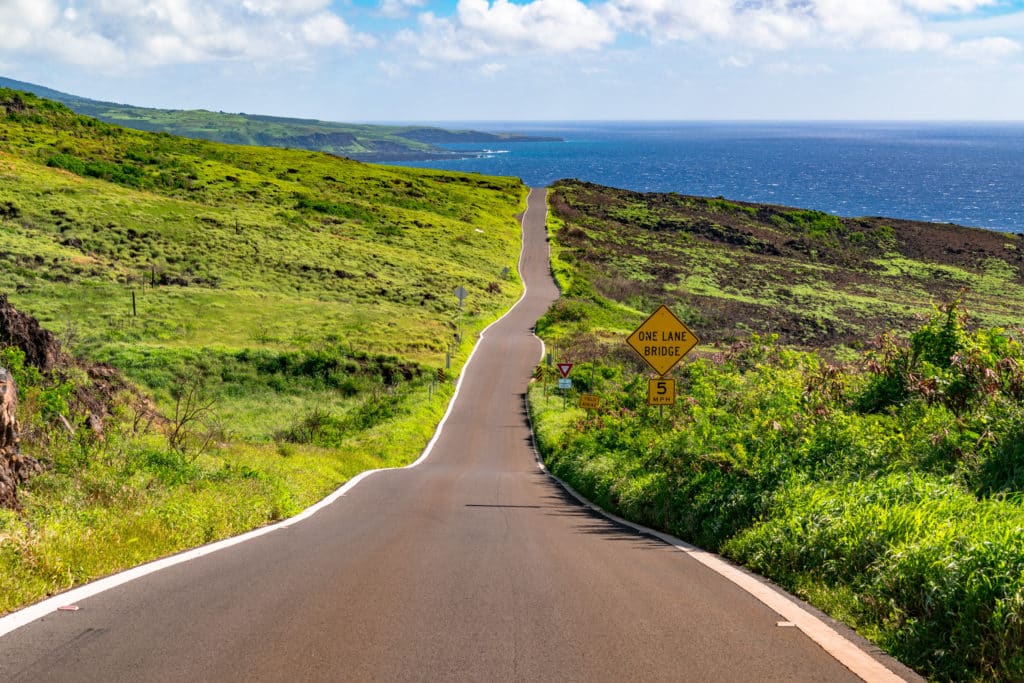
Driving in Haleakala
Haleakalā is very accessible as long as you have good weather and don’t mind living on the edge a bit (literally and figuratively).
Most roads in the park are narrow and winding and can be dangerous when the weather turns.
You’ll want to check the park website for up to the minute information about road closures and conditions throughout the park.
It’s also a good idea to call the park and speak with someone about your trip – this way they can give you expert advice on what is and isn’t feasible and answer any questions you might have.
The Road to Hāna
Haleakalā National Park and the island of Maui is home to the world famous Road to Hāna (pictured below).
The famous road follows the Northeastern coast of Maui is one of the most scenic and precarious in the world.
The entire road is one lane and offers little room for error as one navigates the twists, turns, rock slides and floods that are so common along the route.
Those who brave the Road to Hāna are rewarded with unparalleled views of the island’s natural splendor and awe-inspiring vistas of the Pacific.
Tips for Visiting Haleakala
Haleakalā National Park is Extremely Fragile
The ecosystem here is one-of-a-kind and a result of the areas total isolation. Tourism and development have put tremendous pressure on the ecosytem and the native plants and animals that rely on it.
Do your part to help protect this incredibly unique and special place and preserve it for future generations.
Roads Throughout Haleakala are a Bit Dicey
Yes you can safely navigate the park in your rental car and should not be discouraged in doing so as it really is the best way to experience the park.
With that being said, the roads throughout the park are narrow, winding, and can be dangerous, especially when weather conditions deteriorate.
Many local companies offer guided tours and shuttle buses to take you to the park’s most popular destinations – with the added benefit of a knowledgeable local showing you around.
This can be an affordable and safe way to visit the park for those not wanting to navigate it themselves. Either way, check the park website for road closures and err on the side of caution if you do opt to drive.
Haleakalā is a Rural Park
When one thinks of Hawaii the mind typically conjures up images of 5-star resorts, white sand beaches, floral shirts, ukuleles, and swaying palm trees.
While these are images evocative of Hawaii, they’re not very representative of Haleakalā National Park.
There are few services throughout the park, lodging options are decidedly more primitive than 5-star resorts, and your surroundings are more rugged and muddy than the white sand beaches dotted with parasols in your mind’s eye.
This is a national park after all and visitors can rest assured that it delivers on its promise of a rural, rugged, and beautiful adventure destination.
Watch the Award-Winning Haleakala Video
Synopsis
HALEAKALA 8K is the culmination of several weeks and multiple trips to the remote outer reaches of the island of Maui in the Central Pacific.
Journey with us to the house of the sun and discover ancient volcanoes steeped in legend, rugged mountains, dense rainforests, hidden beaches, underwater worlds, and the last wild home to spectacular wildlife.
This is Haleakalā. Filmed primarily in 8K.
Haleakala Weather & Seasons
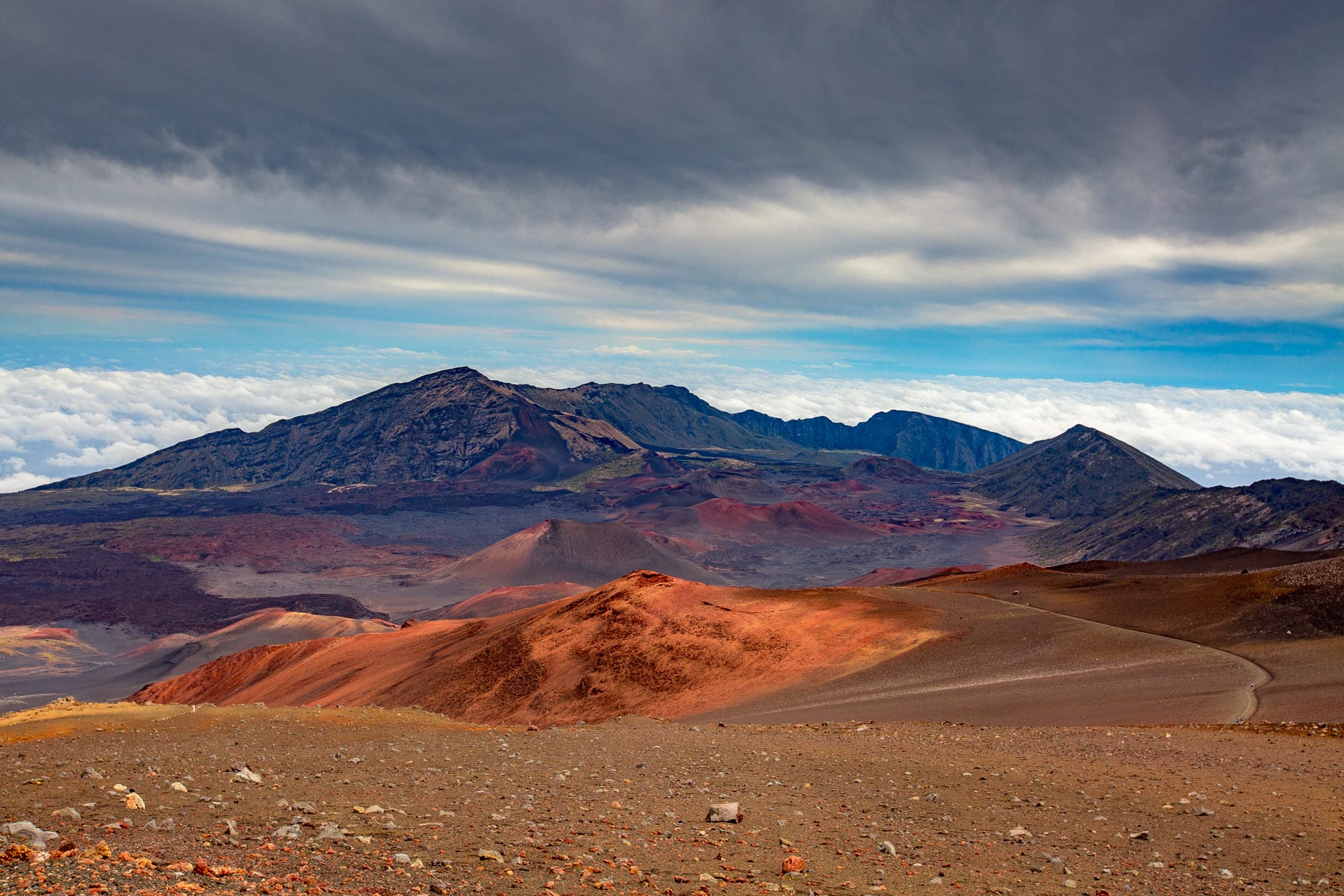
Knowing when to visit Haleakalā National Park will help you make the most of your trip to this one-of-a-kind tropical paradise.
Certain times of year will offer the best opportunities to get the most out of your visit. Keep on reading and I’ll help you decide which season is right for you.
Best Time to Visit Haleakalā National Park
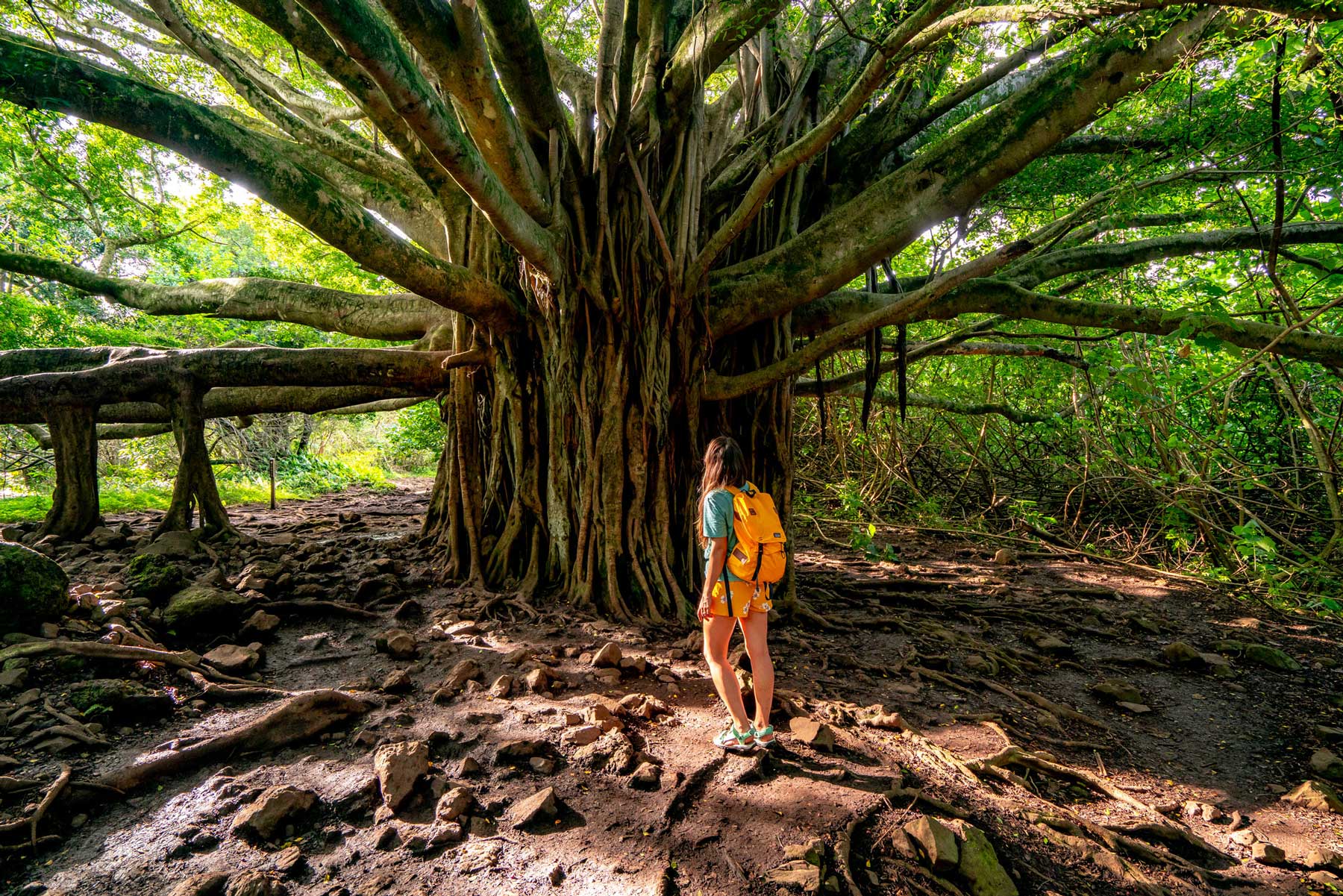
The best time of year to visit Haleakalā National Park is during the winter when the park sees fewer tourists and experiences more mild and pleasant weather.
Winter is still sees plenty of tourists visiting Hawaii as it provides a welcome respite from the cold weather much of the mainland US is experiencing, but Summer and Spring are still the most popular months and avoiding those can be a good way to go.
The summit area of the park is marked by rapidly changing unpredictable weather and lows of below freezing.
The Kīpahulu area of the park (near sea level) is warm and wet for much of the year with lows typically in the low 70’s.
Haleakalā Seasons
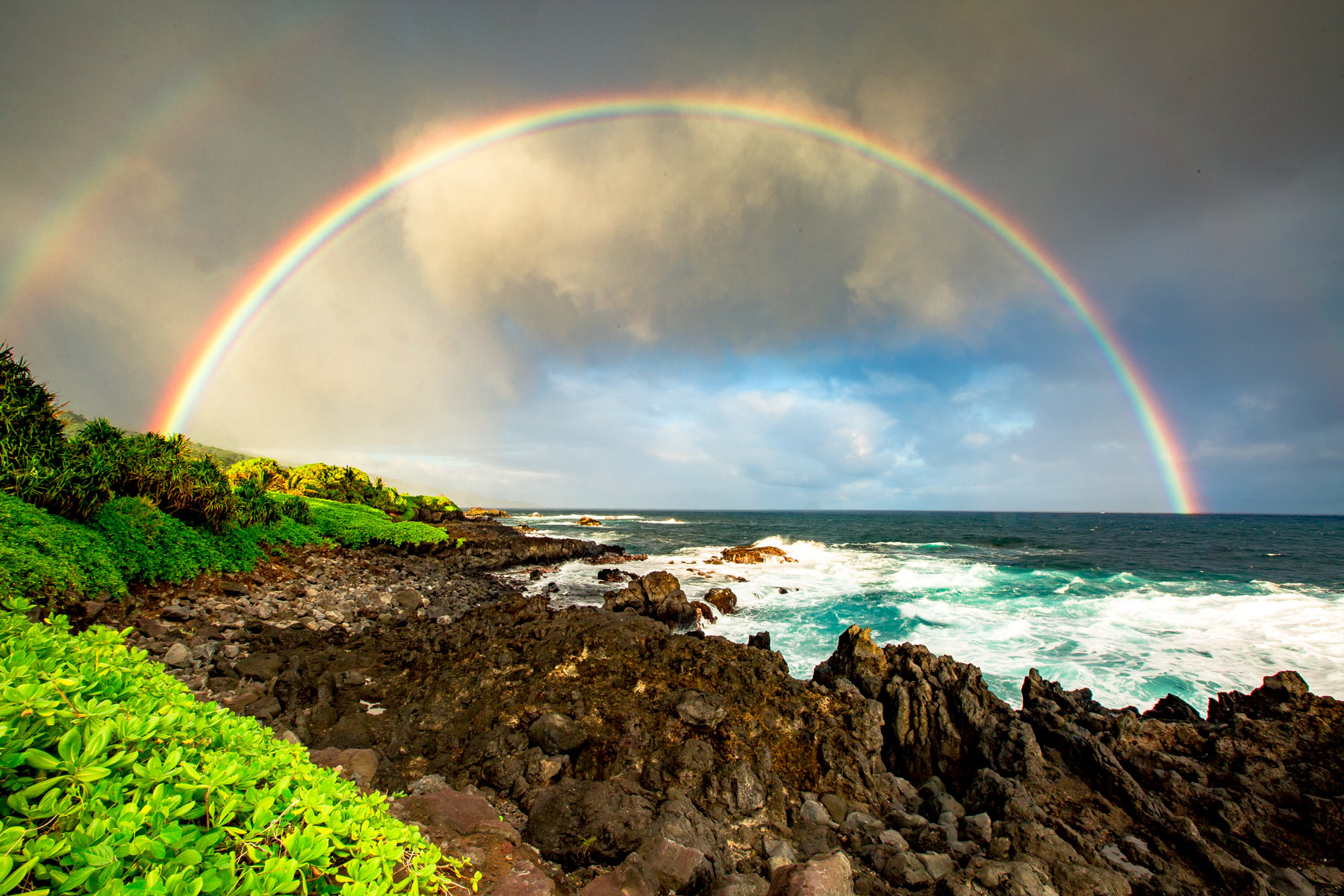
Spring in Haleakalā National Park
Spring is a great time to visit Haleakalā. The park typically sees warm weather and an increase in visitation from the off season months of Fall and Winter.
Spring also brings beautiful flowering plants at various times throughout the park.
Early spring is a great time to visit as the peak season crowds are still months away and the weather is very pleasant.
Rain is a possibility on any trip to Haleakalā and spring is no different. Below we list the generally stable temperatures of the Kīpahulu area of the park.
Summer in Haleakalā National Park

Summer in Haleakalā is typically hot, humid, and crowded.
The park’s popular destinations can see swarms of tourists and the island’s narrow roads can become congested and even more dangerous.
Now if summer is your only option, don’t be dissuaded just yet.
The crater area offers plenty of hiking away from crowds and you may see fewer storms causing closures around the island.
Fall in Haleakalā National Park
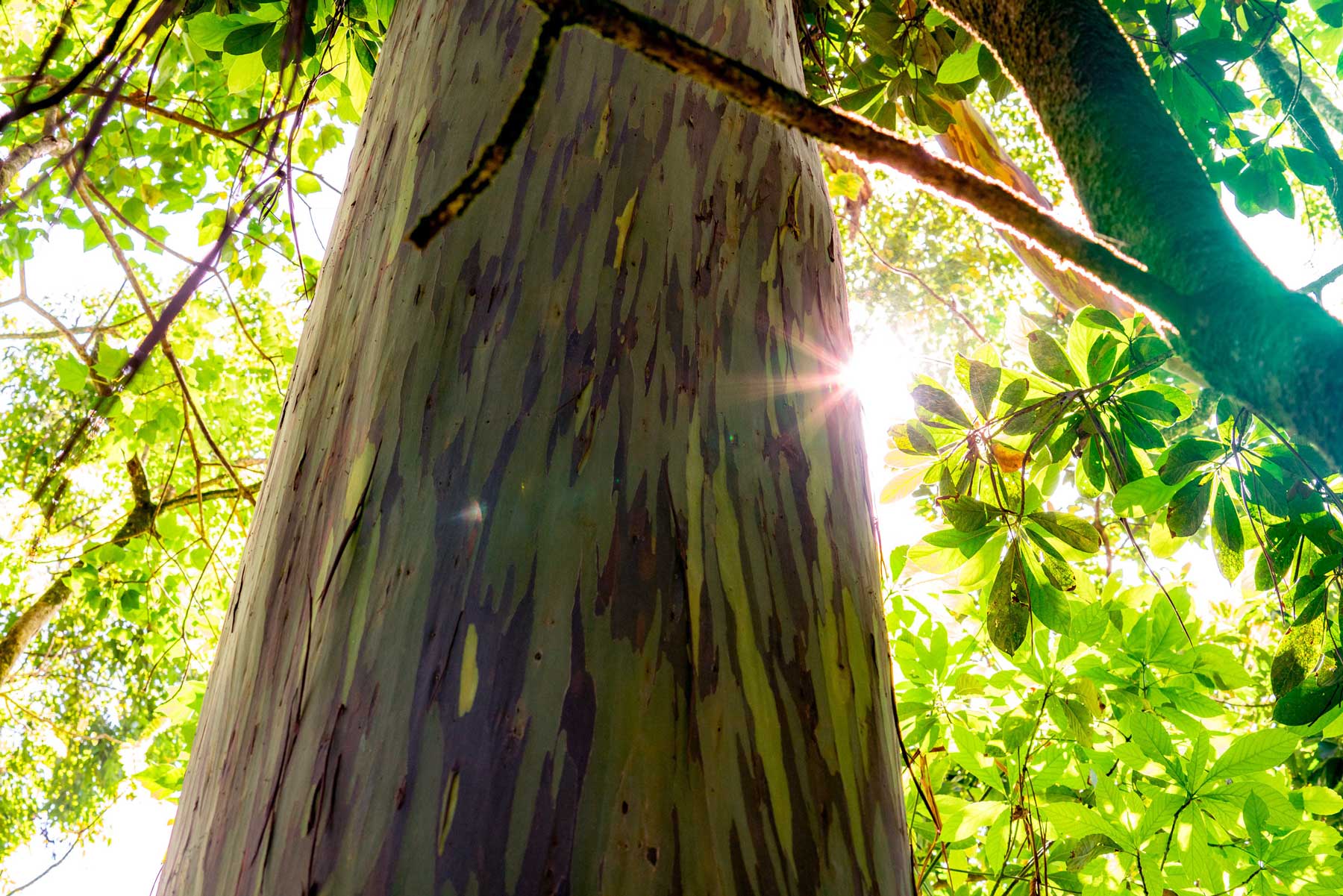
The Fall is a good time to visit Haleakalā as the summer crowds have faded and the weather can still be quite pleasant.
You’re likely to see some rain, but trails and roads should be clear making for a unique tropical adventure.
Keep in mind that temperatures in the park vary greatly depending on whether you’re visiting the summit area or the Kīpahulu area by the coast.
Check the park website for more information on the summit area weather which can be unpredictable.
Winter in Haleakalā National Park
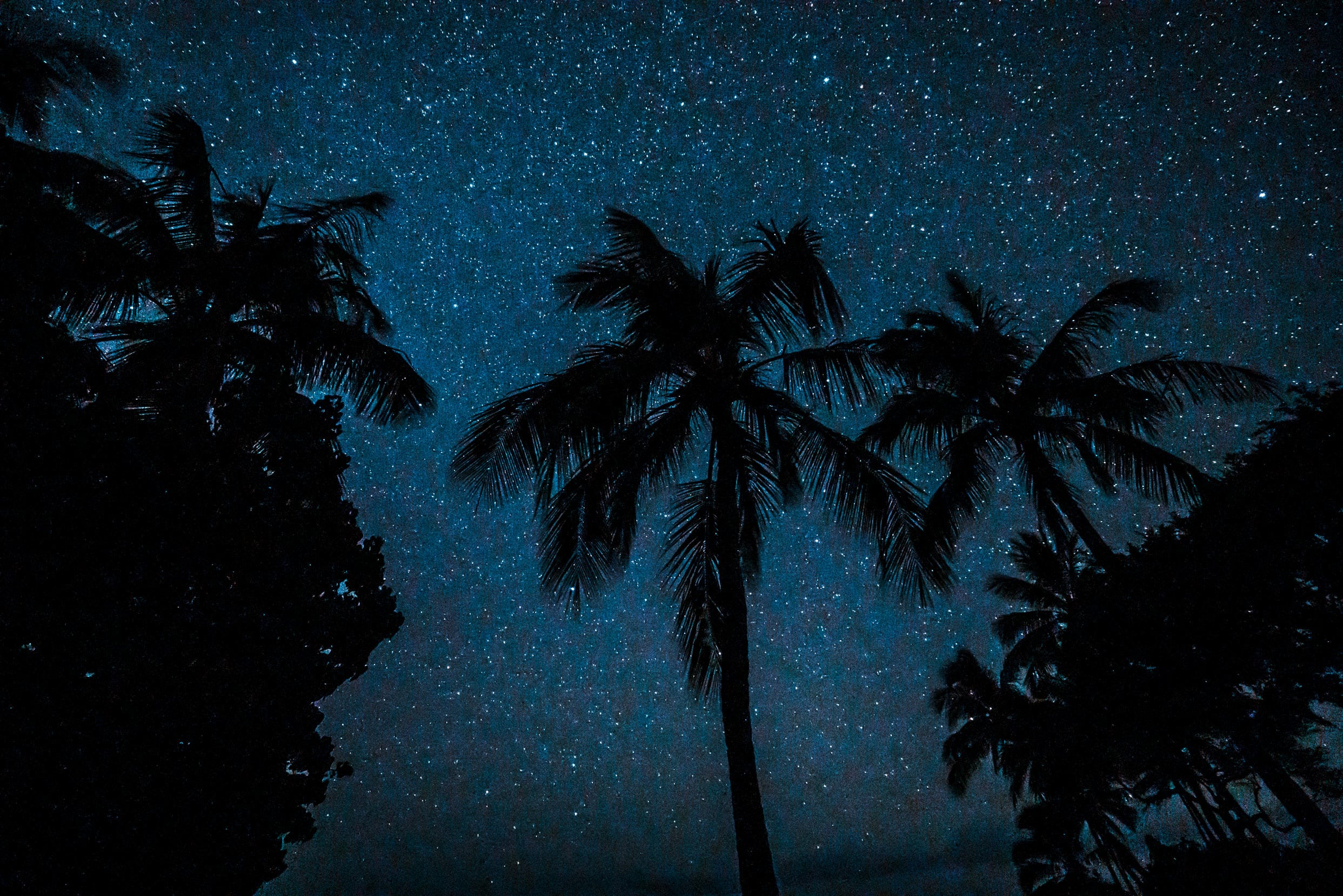
Winter is my favorite time to visit Haleakalā. Temperatures are warm and pleasant and the park’s roads are devoid of the traffic one might find in the summer months.
Rain is a possibility on any trip to Haleakalā and winter is no different.
If you want to avoid the crowds and have no trouble finding campsites then winter is a great time to go, but be sure to pack accordingly.
The summit area sees its usual cold and unpredictable weather this time of year so be sure to check the park website for the latest information prior to your visit.
Best Things to Do in Haleakalā National Park
1. Take in a Sunset from the Summit of Haleakalā

The summit of haleakalā is home to one of the best places in the entire national park system to watch the sun set or rise.
Situated high above the clouds with an unparalleled view of the surrounding island and the ocean, a sunset on a good day from here is worth the trip alone.
While the summit of Haleakalā is typically known for its spectacular sunrises, you’ll need an advance reservation to make your way up before the sun and share the view with hordes of other visitors.
I recommend the sunset, where no reservation is required and you can enjoy the same majestic view with a fraction of the crowds.
2. Visit the Bamboo Forest

A vast, dense forest of bamboo in the midst of a tropical paradise, sound interesting?
Wait until you see it. About 1 mile in the Pīpīwai Trail gives way to a boardwalk that cuts through the heart of a vast bamboo forest, the likes of which you have never seen.
The bamboo reaches soaring heights and hearing the rustle of the chutes in the wind is quite a treat.
3. Explore Waimoku Falls

This picturesque waterfall is a must-see for anyone traveling to this remote national park, and getting there is half the fun.
The 1.8 mile long Pīpīwai Trail takes hikers through a lush tropical environment.
Along the trail you’ll find dense bamboo forests, otherworldly banyan trees, and numerous streams and pools before finally reaching this towering waterfall. At over 400 feet, it is the tallest waterfall on the island of Maui.
4. Drive the Famous Road to Hāna
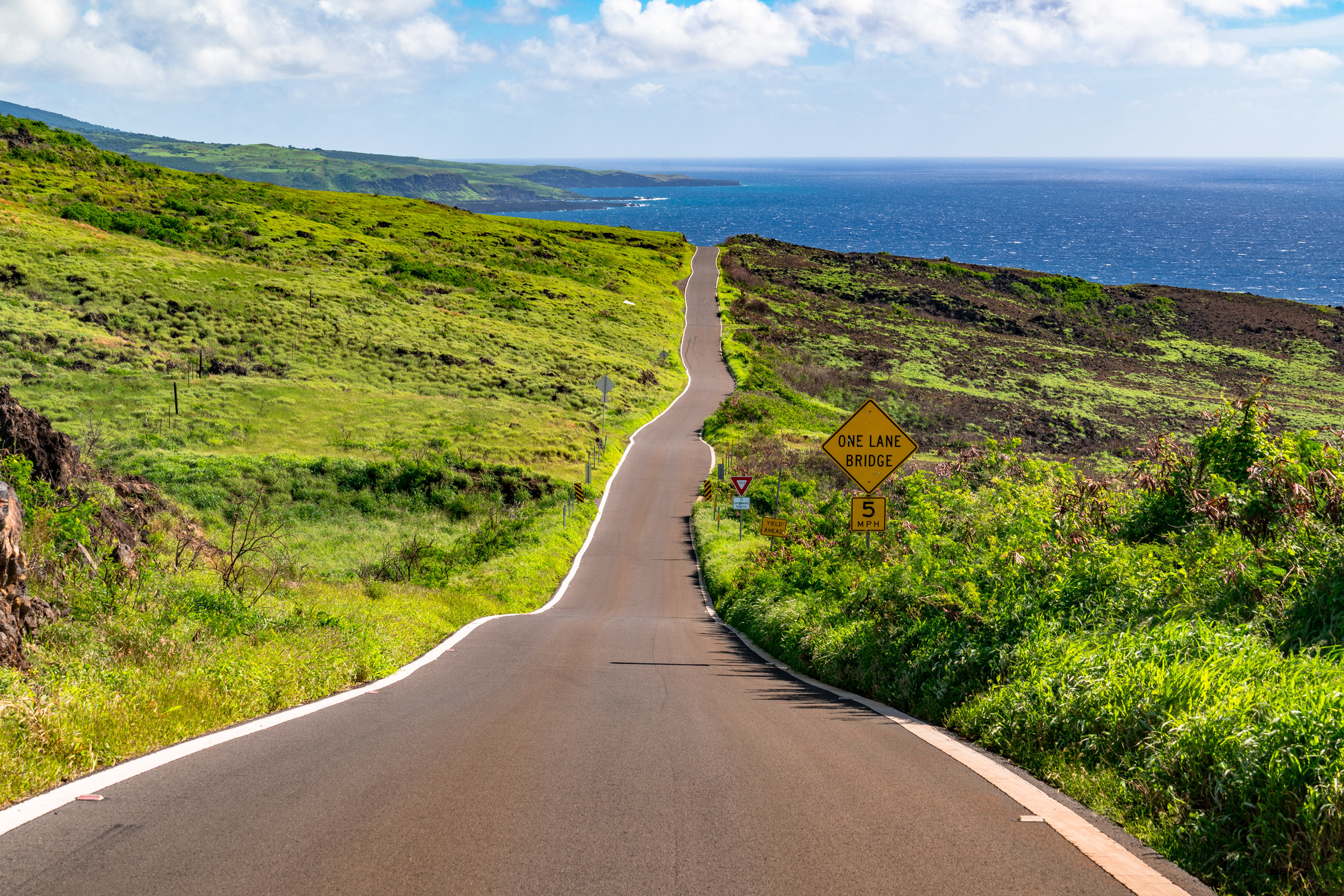
This world famous road offers world-class views.
Seriously, this is one of the most scenic (and precarious) roads on the planet.
With little room for error along its twists, turns, rock slides and floods, the Road to Hāna is certain to leave you breathless.
Yes I mean that both because of the wild ride and the stunning views it has to offer.
Wildlife, vivid rainforests, lush meadows, sweeping views of the Pacific, and did I mention lots of waterfalls? Buckle up and get ready for the ride of your life!
5. See The Pools of ‘Ohe’o

Commonly referred to as the Seven Sacred Pools, this series of pools fed by cascading waterfalls is a widely popular tourist attraction going back decades.
Located in the beautiful Oheo Gulch, it is recommended to view the pools from a safe vantage point rather than trying to physically access them.
The Oheo Gulch area as well as the Kīpahulu area as a whole are not recommended for swimming as violent flash floods or rock falls are frequent and can occur at any time and most areas are extremely difficult to access both for visitors and emergency responders.
RELATED: 11+ (AMAZING) Things to Do in Haleakala National Park
Where to Stay in Haleakala – Camping & Lodging
Camping in Haleakalā National Park can be an incredible experience. Read on to find out more about campgrounds in Haleakalā.
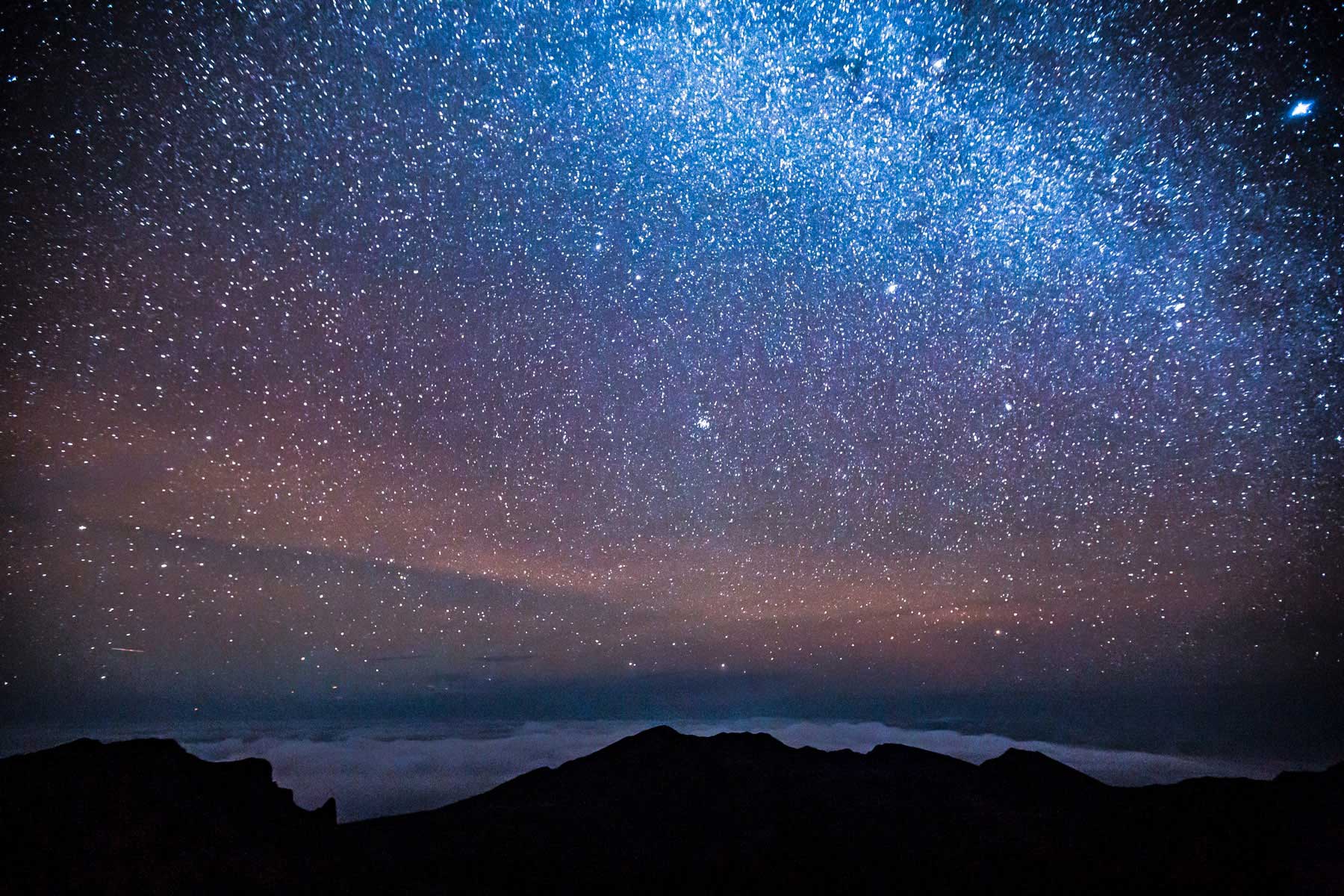
Haleakala Campgrounds
Haleakalā National Park has two campgrounds, each offering a very different type of camping experience.
Hosmer Grove Campground
Hosmer Grove Campground is within the cloud belt of Haleakala at nearly 7,000 feet elevation. Rain and cold temperatures are frequent with overnight lows sometimes reaching below freezing. Campsites are close together in an open grass field near the Hosmer Grove forest.
The campground has picnic tables, barbecue grills, drinking water, and pit toilets. Campsites are available on a first-come, first-served basis
Kīpahulu Campground
Kīpahulu Campground is located right on the ocean next to the Kīpahulu Visitor Center. This campground is just a short walk from the ʻOheʻo Gulch area.
The ocean breeze here helps to keep the pesky bugs away somewhat but not entirely. The sound of the crashing waves makes for a fantastic spot to pitch a tent and be lulled to sleep.
The campground has picnic tables, grills, and pit toilets. Drinking water is available at the nearby Kīpahulu Visitor Center. Campsites are available on a first-come, first-served basis.
Wilderness Campsites within the park’s interior provide a primitive way to camp and explore the backcountry. There are two wilderness campsites available to the public, both requiring permits to use.
For more information on wilderness camping in Haleakalā National Park visit the park website.
Wilderness Cabins are available to reserve in the Haleakalā Crater and require a long hike to reach. There are three wilderness cabins available to visitors hiking in the crater. One requires a 3.7 mile hike, another requires a 5.5 mile hike, and the last requires a 9.3 mile hike.
For more information on the wilderness cabins visit the park website. Reservations are required.
Haleakala Hotels & Lodging
Haleakalā National Park is a remote and spread out park covering a large and mostly undeveloped swath of the island of Maui. There are two towns with a very small selection of lodging options located close to the park.
Hāna provides some hotel and bed & breakfast options for the Kīpahulu area of the park. Kula provides a small selection of inns and bed & breakfasts for the summit area. I’ve listed the most popular ones below. For tent options see our camping section above.
Lodging in the immediate vicinity of the park include:
- Hana Maui Resort (Hāna)
- Hana Kai Maui Resort (Hāna)
- Kula Lodge (Kula)
- G & Z Upcountry Bed & Breakfast (Kula)
- Bamboo Inn on Hāna Bay (Hāna)
Restaurants Near Haleakalā National Park
Pickings can be slim for food once near Haleakala so you’ll want to plan ahead of time and bring plenty of snacks. That being said, there are a few great spots to grab a bite near the park. I’ve linked the best ones below:
- Braddah Huts BBQ Grill (Hāna)
- Hana Farms (Hāna)
- Huli Huli Chicken (Hāna)
- Hana Fresh (Hāna)
- Thai Food by Pranee (Hāna)
- Kula Bistro (Kula)
- Kula Lodge & Restaurant (Kula)
- Al’s Pit BBQ (Makawao)
- Serpico’s Pizzaria (Pukalani)
My Favorite Spot in Haleakalā National Park
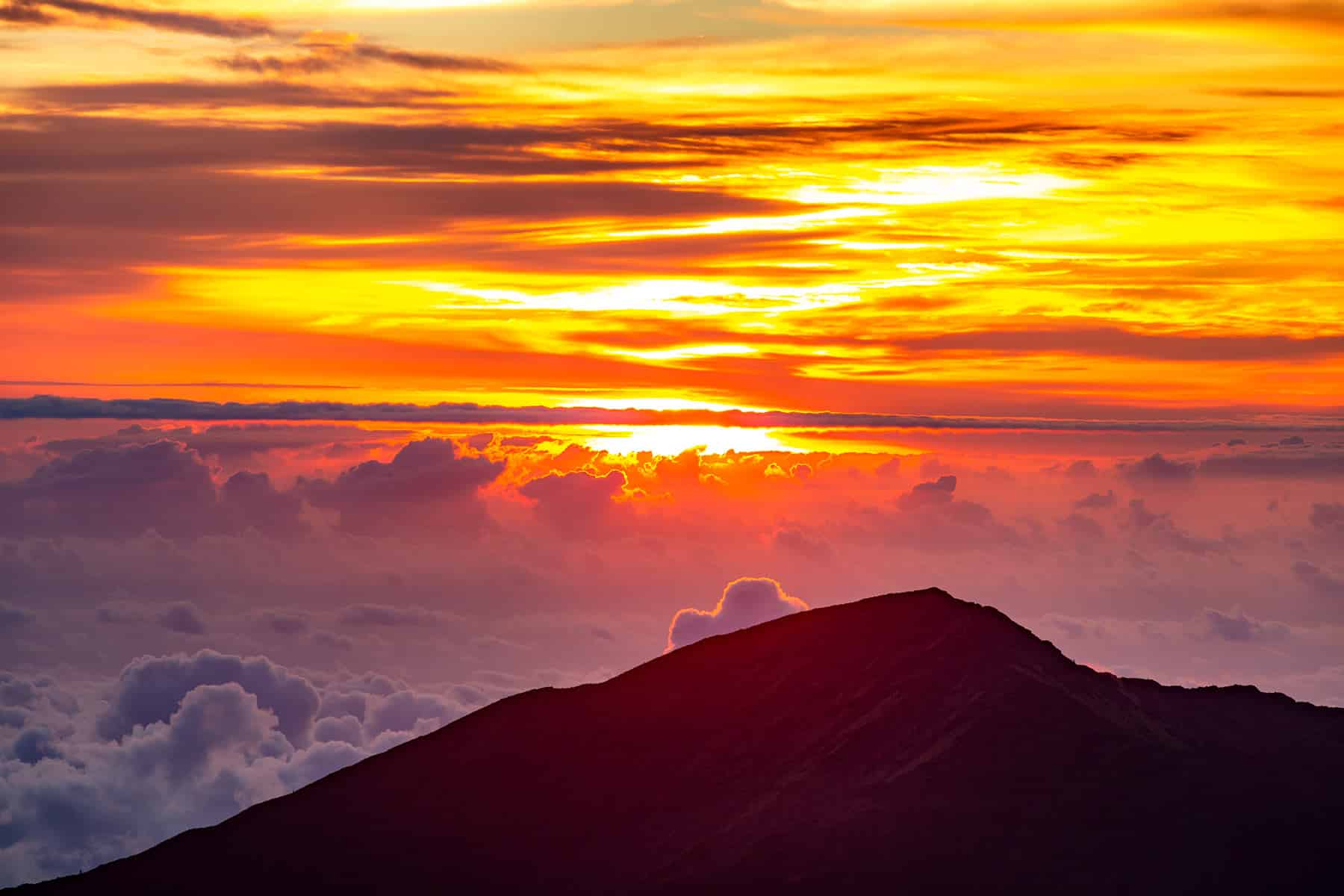
Sunrise or sunset from the observatory at the summit of Haleakalā is one of the most spectacular views in the entire national park system.
There’s a very good reason why Haleakalā means “house of the sun” in Hawaiian. I’ve seen many breathtaking sunsets in my travels and few can compare to the scene from atop Haleakalā.
Situated above the clouds with a commanding view of the entire island and the Pacific stretching out into the distance, the Haleakalā summit provides extraordinary views.
Parking is limited and sunrise is by reservation only so plan accordingly. I recommend sunset for fewer crowds and unforgettable views.
Photo Gallery – Haleakalā National Park
Photos from the production of our Haleakalā Film.
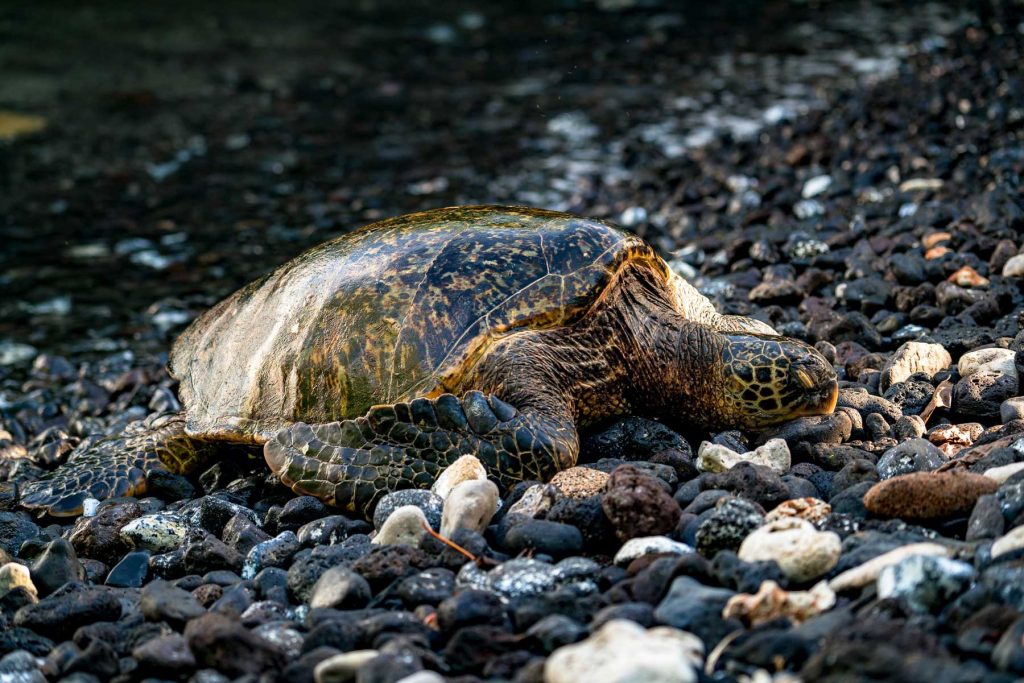
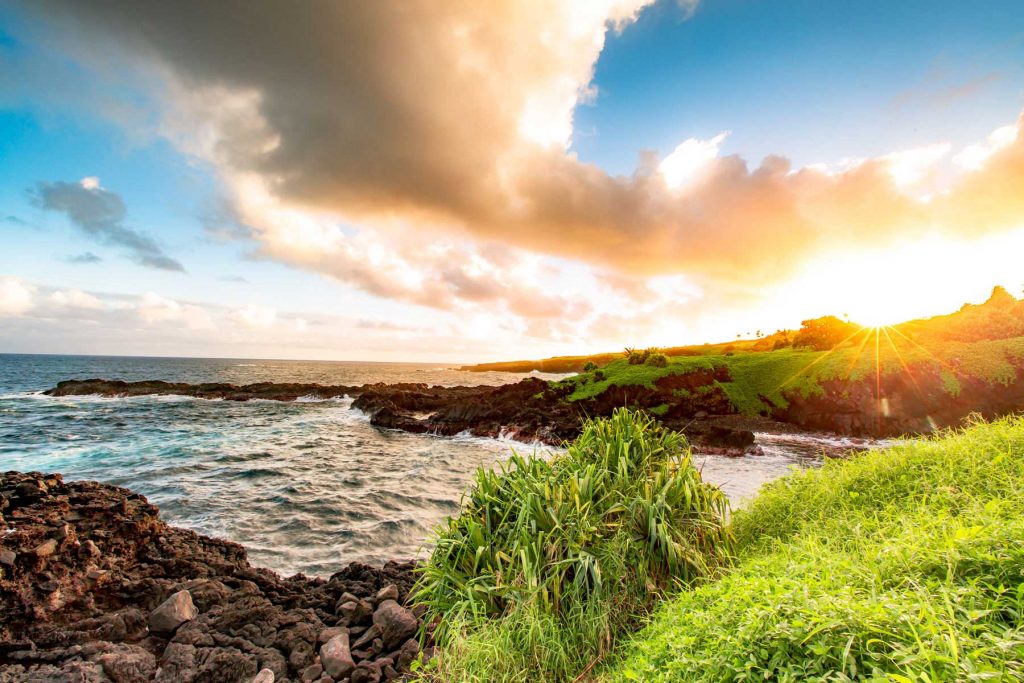
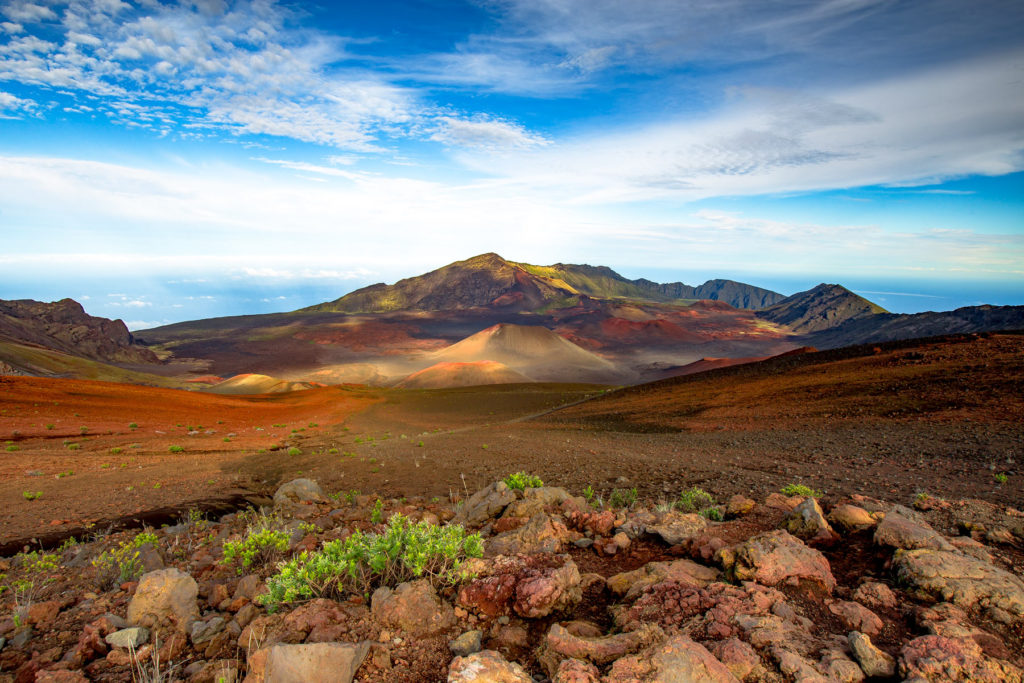
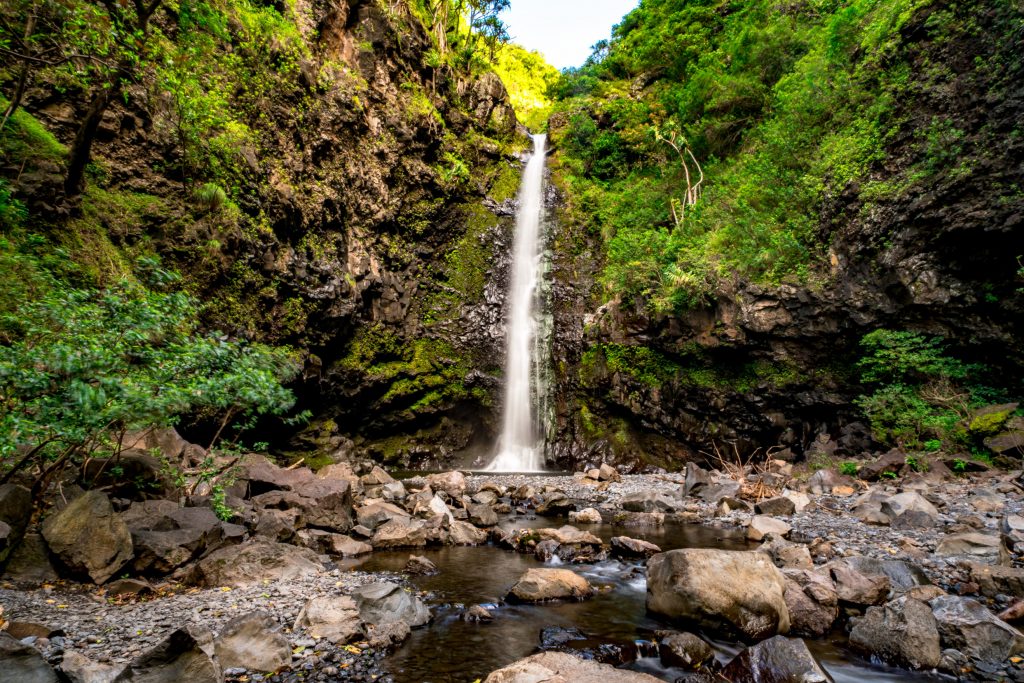
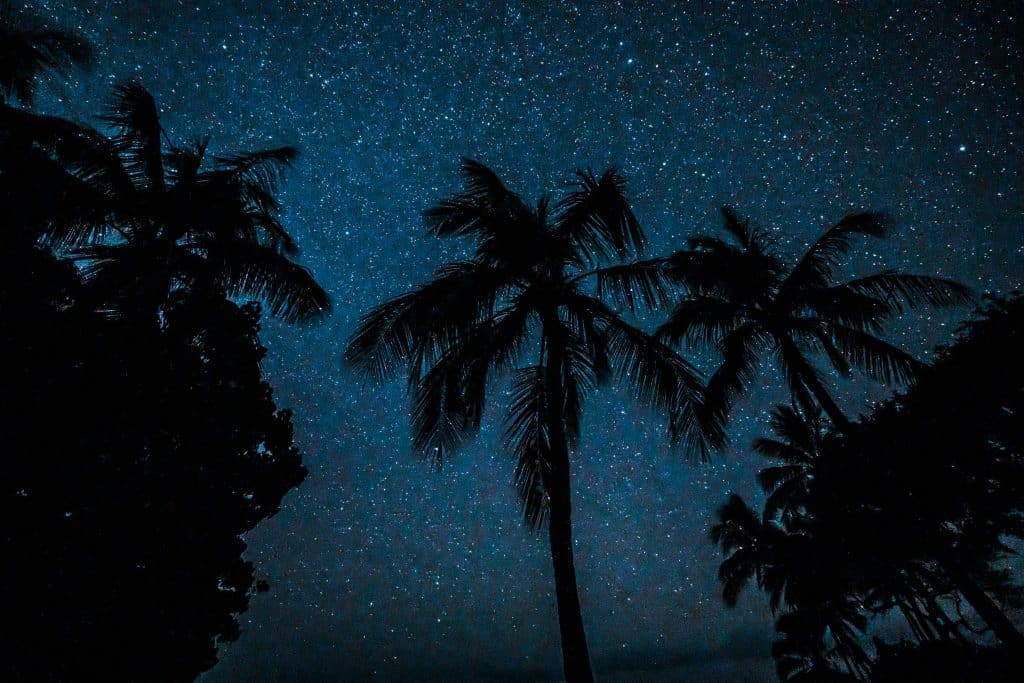
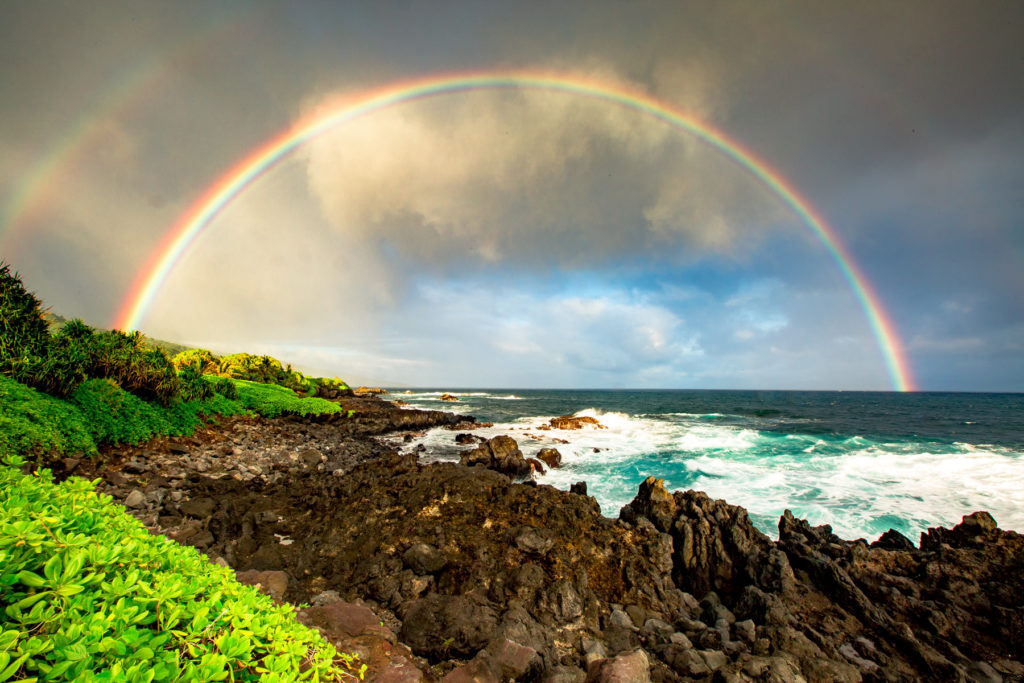
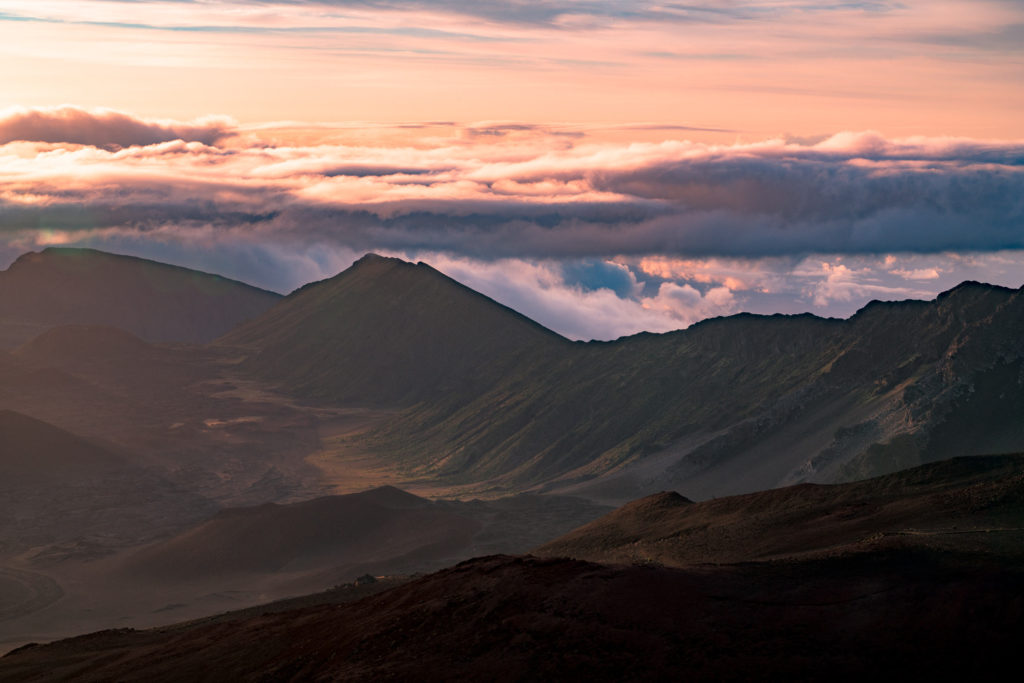
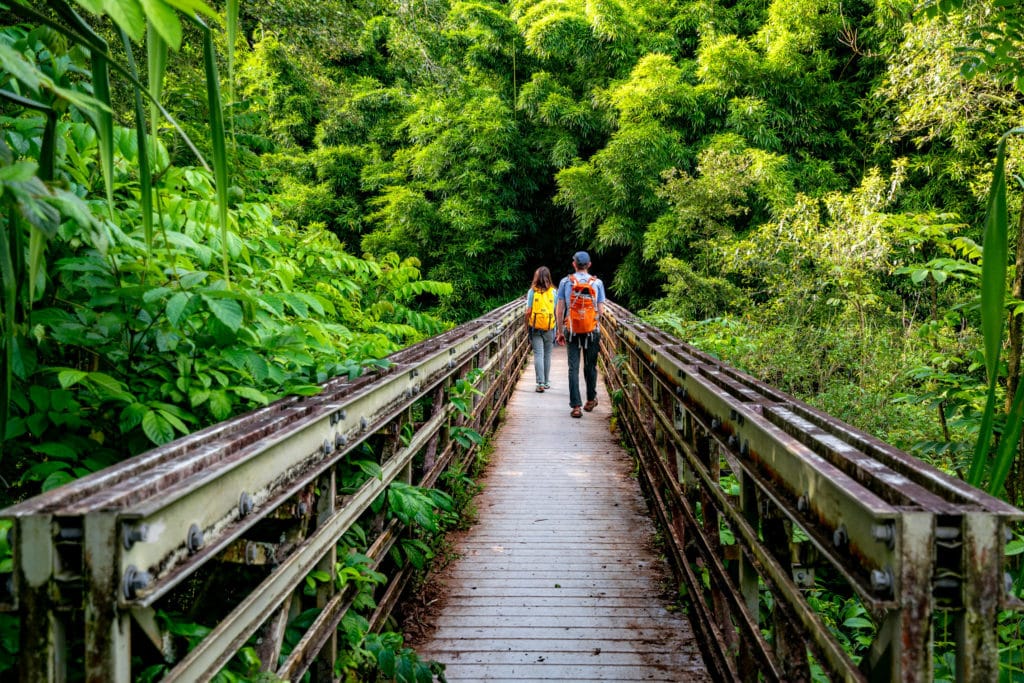
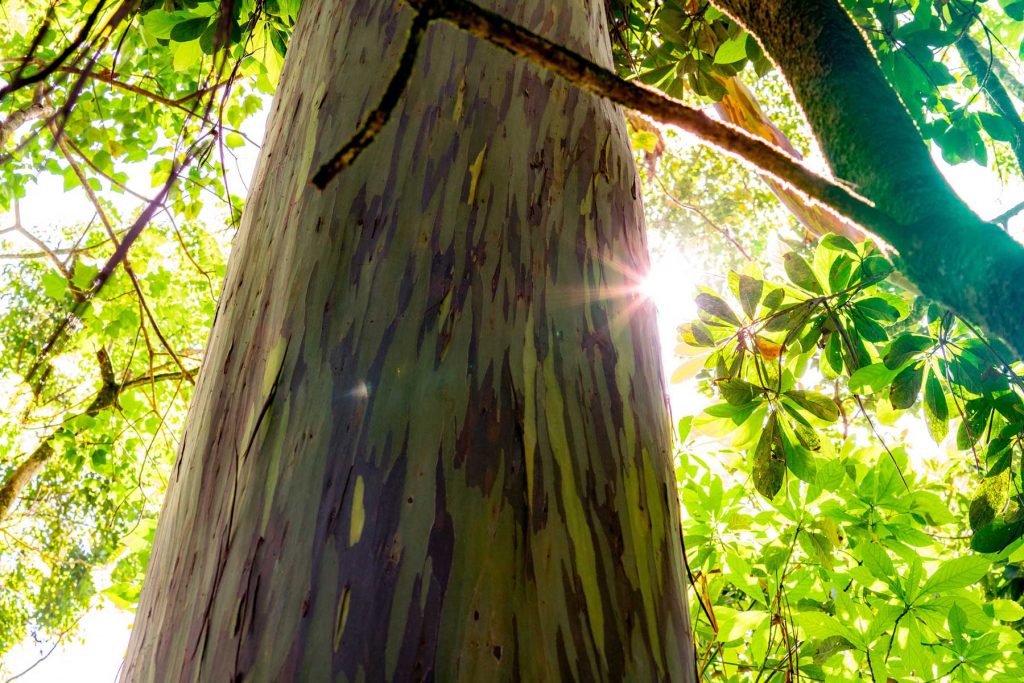
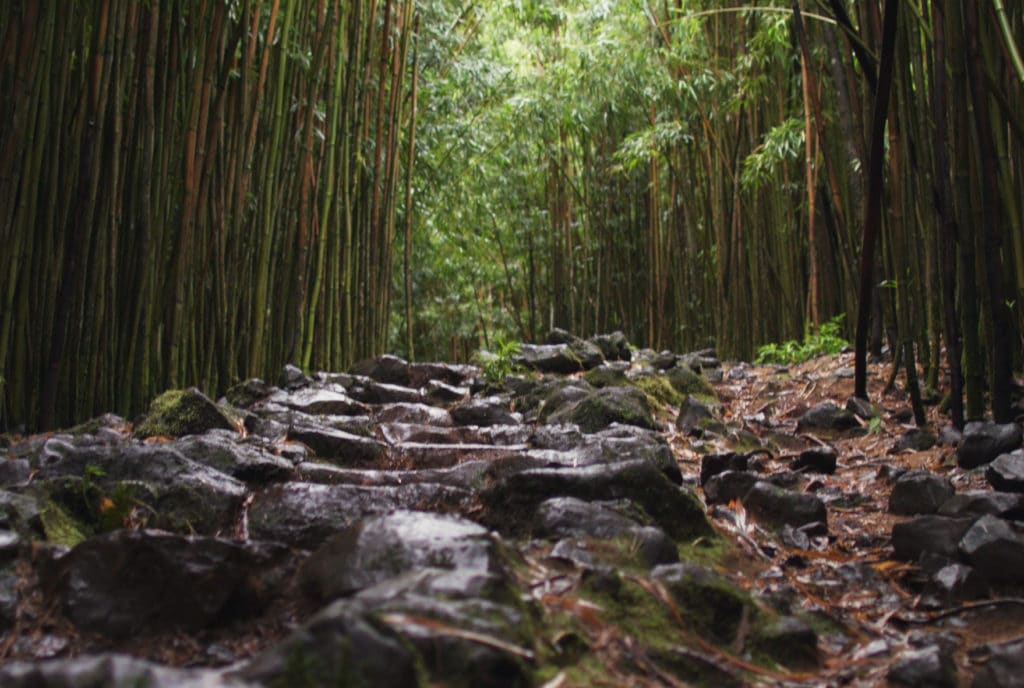
Nearby Attractions
- Hawai‘i Volcanoes National Park
- Puʻukoholā Heiau National Historic Site
- Puʻuhonua o Hōnaunau National Historical Park
- Pearl Harbor National Memorial
- Kaloko-Honokōhau National Historical Park
- Kalaupapa National Historical Park
- Honouliuli National Historic Site
Summary | Leave Us a Comment!
That’s a wrap! Hopefully you feel like you’ve gleaned everything you need to know for your next trip to Haleakalā National Park. Feel free to leave a comment below and let us know if you have any questions or thoughts!
Hope to see you on the trails sometime soon!
Helpful Related Articles
Things to Do Hawai’i Volcanoes NP: 17 STUNNING Things to Do Hawaii Volcanoes (Photos + Helpful Advice)
Hawai’i Volcanoes NP Guide: Expert Guide to Hawai’i Volcanoes National Park
Hawaii National Parks Guide: Expert Guide to the Hawaii National Parks
Haleakala NP Guide: Expert Guide to Haleakala National Park
Things to Do Haleakala NP: 11 BEST Things to Do in Haleakala National Park
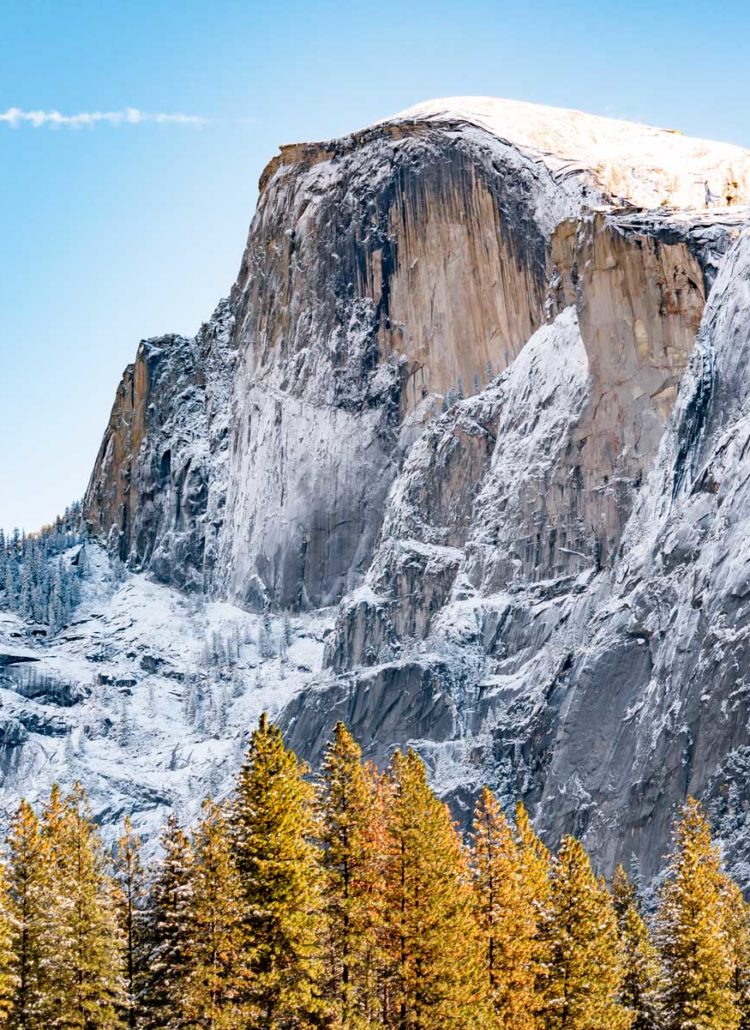




Leave a Reply